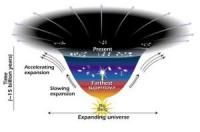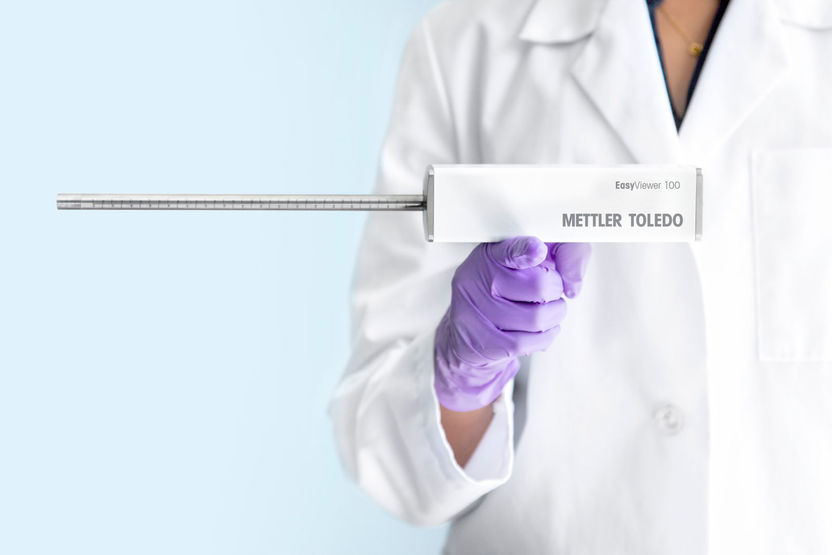Investigating new materials with ultracold atoms
Researchers use optical lattices as a construction kit
The investigation of complex materials such as high-temperature superconductors is problematic because of the presence of disorder and many competing interactions in real crystalline materials. "This makes it difficult to identify the role of specific interactions and, in particular, to decide whether repulsive interactions between electrons alone can explain high-temperature superconductivity," says Dr. Theodoulos Costi from the Institute of Solid State Research, Forschungszentrum Jülich, which is a member of the Helmholtz Association.
Atoms in an optical lattice can serve as quantum simulators for many interesting phenomena such as that described above. They offer a very flexible model system in a clean and well-controlled environment and they can, for example, simulate electrons in solid, so-called condensed matter. In their technique, physicists introduce ultracold atoms into a crystal structure using an optical lattice and selectively switch this system between metallic and insulating states.
The physicists succeeded in simulating one of the most dramatic electronic phenomena with the aid of this quantum simulator: when the interactions between the electrons become too strong, a metal can suddenly become insulating. The resulting so-called Mott insulator is probably the most important example of a state of strong electronic interactions in condensed matter physics, as it is a starting point for the investigation of quantum magnetism. In addition, high-temperature superconductivity is found to arise in close proximity to this insulator.
The experimental setup in Mainz allows the density of the atoms and the strength of the repulsive interaction between the atoms to be tuned independently of each other. By investigating the behaviour of the atoms under compression and increasing interactions the experimentalists led by Prof. Immanuel Bloch of the Johannes Gutenberg University Mainz have been able to detect the Mott insulator in the quantum gas of the atoms.
A comparison with theoretical calculations by groups in Jülich and Cologne, requiring extensive simulations on a Jülich supercomputer, resulted in excellent agreement between theory and experiment. In addition, the researchers demonstrated through these calculations that one of the key methods of condensed matter theory, known by the abbreviation DMFT (dynamical mean field theory), is also applicable to real systems. The researchers expect that their theoretical and experimental techniques for investigating quantum many body states in optical lattices will soon be taken up by other groups.
Original publication: U. Schneider, L. Hackermueller, S. Will, Th. Best, I. Bloch, T. A. Costi, R. W. Helmes, D. Rasch and A. Rosch; "Metallic and Insulating Phases of Repulsively Interacting Fermions in a 3D Optical Lattice"; Science 2008.
Other news from the department science

Get the chemical industry in your inbox
By submitting this form you agree that LUMITOS AG will send you the newsletter(s) selected above by email. Your data will not be passed on to third parties. Your data will be stored and processed in accordance with our data protection regulations. LUMITOS may contact you by email for the purpose of advertising or market and opinion surveys. You can revoke your consent at any time without giving reasons to LUMITOS AG, Ernst-Augustin-Str. 2, 12489 Berlin, Germany or by e-mail at revoke@lumitos.com with effect for the future. In addition, each email contains a link to unsubscribe from the corresponding newsletter.





























































